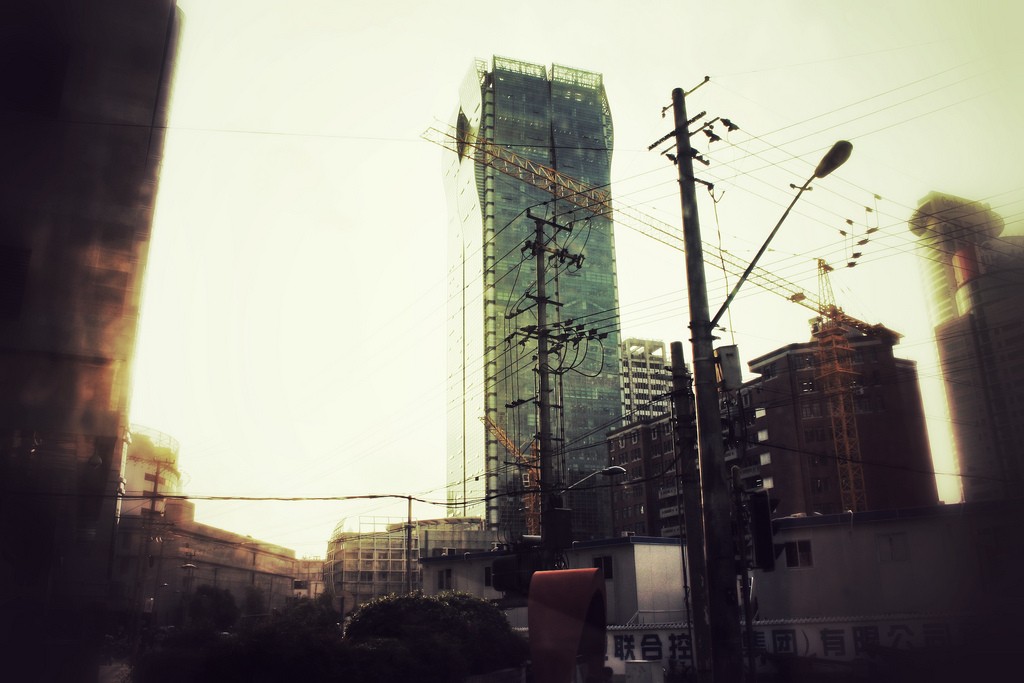Smart commercial buildings will lead, with 518-million connected things in use in 2016
Gartner estimates that 1,6-billion connected things will be used by smart cities in 2016, an increase of 39% from 2015 (see Table 1).
Gartner defines a smart city as an urbanised area where multiple sectors cooperate to achieve sustainable outcomes through the analysis of contextual, realtime information shared among sector-specific information and operational technology systems.
 “Smart commercial buildings will be the highest user of Internet of Things (IoT) until 2017, after which smart homes will take the lead with just over 1-billion connected things in 2018,” says Bettina Tratz-Ryan, research vice president at Gartner.
“Smart commercial buildings will be the highest user of Internet of Things (IoT) until 2017, after which smart homes will take the lead with just over 1-billion connected things in 2018,” says Bettina Tratz-Ryan, research vice president at Gartner.
Commercial real estate benefits greatly from IoT implementation. IoT creates a unified view of facilities management as well as advanced service operations through the collection of data and insights from a multitude of sensors.
“Especially in large sites, such as industrial zones, office parks, shopping malls, airports or seaports, IoT can help reduce the cost of energy, spatial management and building maintenance by up to 30%,” adds Tratz-Ryan.
The business applications that are fueling the growth of IoT in commercial buildings are handled through building information management systems that drive operations management, especially around energy efficiency and user-centric service environments.
In 2016, commercial security cameras and webcams as well as indoor LEDs will drive total growth, representing 24% of the IoT market for smart cities.
Table 1. Connected Things Installed Base Within Smart Cities (in Millions)
|
Smart City Subcategory |
2015 |
2016 |
2017 |
2018 |
|
Healthcare |
3.4 |
5.3 |
8.4 |
13.4 |
|
Public Services |
78.6 |
103.6 |
133.1 |
167.4 |
|
Smart Commercial Buildings |
377.3 |
518.1 |
733.7 |
1,064.8 |
|
Smart Homes |
174.3 |
339.1 |
621.8 |
1,073.7 |
|
Transport |
276.9 |
347.5 |
429.2 |
517.4 |
|
Utilities |
260.6 |
314.0 |
380.6 |
463.5 |
|
Others |
8.6 |
13.3 |
20.8 |
32.3 |
|
Total |
1,179.7 |
1,641.0 |
2,327.7 |
3,332.5 |
Source: Gartner (December 2015)
IoT deployment in commercial buildings will continue to grow at a rapid pace over the next few years, and is on pace to reach just over 1-billion in 2018. “Incentives into the deployment of IoT in commercial real estate will fuel its development,” says Tratz-Ryan. “The UK’s building information modelling (BIM) mandate, for example, requires that all public sector construction commencing in 2016 complies with BIM (level 2).” BIM utilises data models coming from various information sources including IoT, which will be used by commercial real estate in the future.
In smart homes, the consumer IoT applications that are fuelling growth are smart TVs, smart set-top boxes, smart bulbs and various home automation tools such as smart thermostats, home security systems and kitchen appliances.
“The growing maturity of smart home platforms through an ecosystem of home appliances, infotainment and home sensors will mean that smart home investments overtake those of commercial buildings in 2018,” says Tratz-Ryan.
Smart homes will represent 21% of total IoT use in smart cities in 2016, and will record the highest increase over the next five years.
“Device and wireless standards will be embedded in more devices. Homes will move from being interconnected to information- and smart-enabled — an integrated services environment that will provide value to the home and the individual ambience,” adds Tratz-Ryan.
At the United Nations’ climate change and sustainability conference, COP21 in Paris, many cities are pledging on environmental goals to reduce greenhouse gas emissions and improve environmental standards.
“Thanks to data collected from sensors, smart cities can interact and engage with residents and businesses, creating a collaborative environment,” says Tratz-Ryan.
In Singapore, for example, sensors in bus stops can identify people with different needs — buses are announced early to allow enough time for elderly people to be ready to board. In Malaga or Madrid, environmental sensor-mounted bikes or mail carts register air pollution, with the data uploaded onto a Web portal accessible by the public.
“Citizens can actively contribute to the development and strategic direction of their city,” adds Tratz-Ryan. “At the same time, businesses become more empowered to utilize the sensor data to create their value proposition.”
